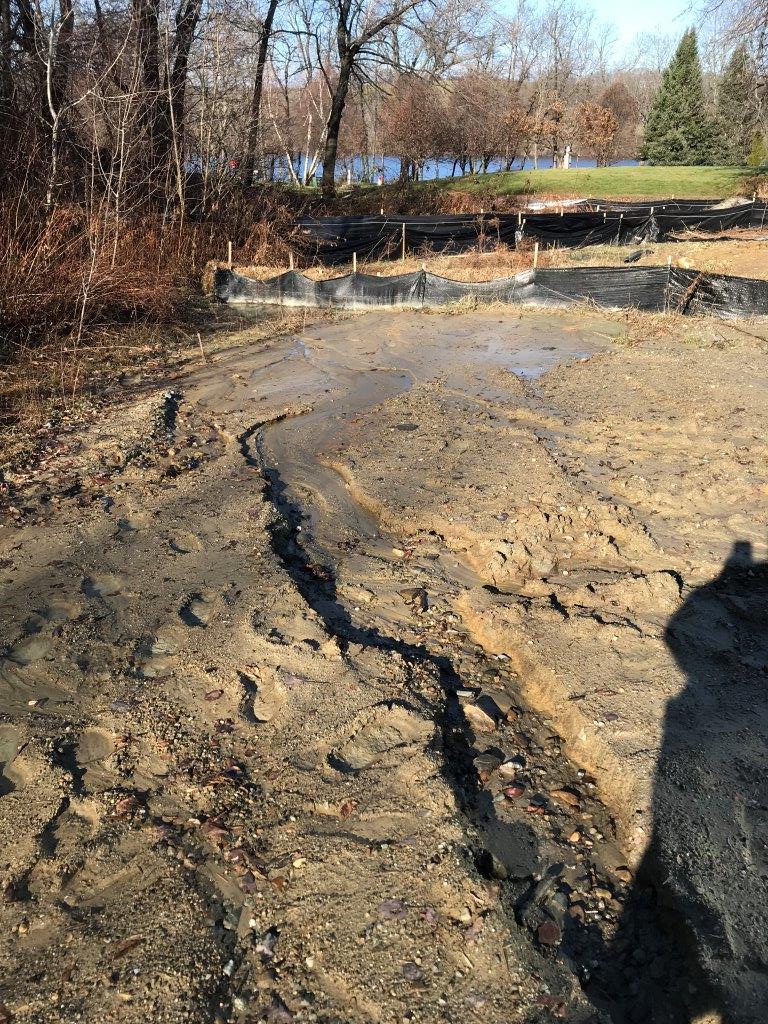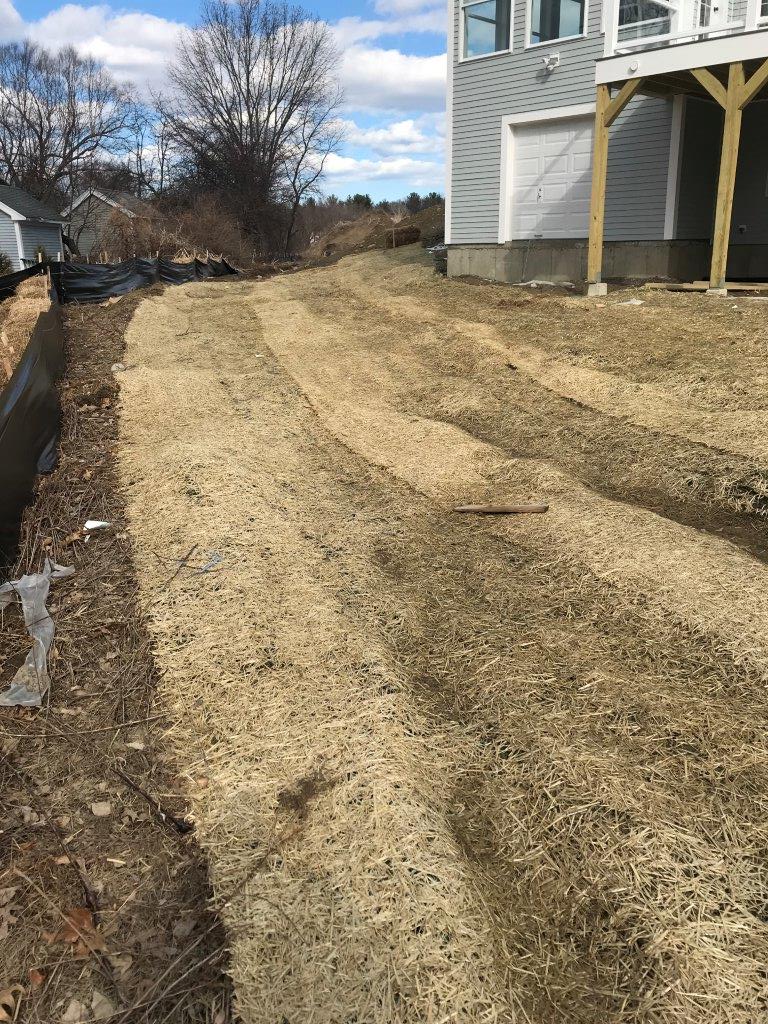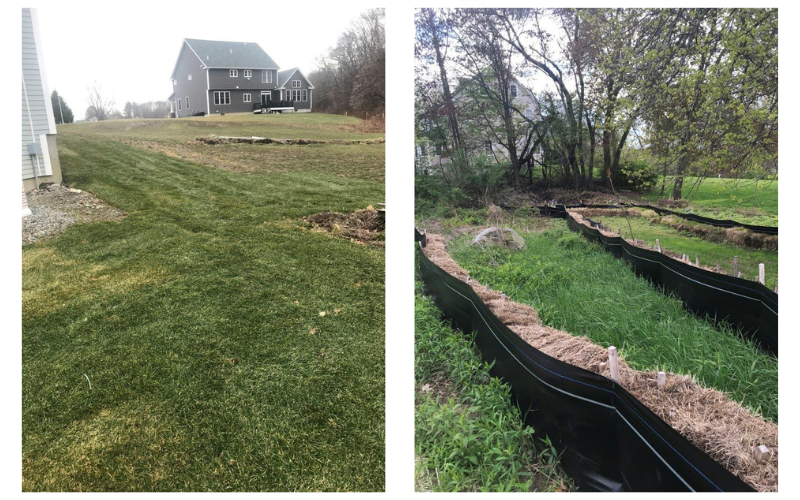Avoid Costly Construction Washout: Key Erosion Control and Stormwater Measures
| |
Key Takeaways:
By properly understanding site conditions, the project team can achieve a responsible construction sequence, minimizing unwanted and costly impacts.
Project delays are typically tied to – and can usually be avoided if – one pays careful attention to ground cover and stormwater.
If the land is sloped, clear and seed from the top down in phases to retain a downhill erosion buffer.
Be mindful of proper site construction sequencing and enlist professional support to get it right the first time.
| |

Preconstruction Priorities
In the preconstruction planning and design phase, as the project team focuses on permitting, it is imperative to conduct appropriate soil testing. This will reveal the land’s natural drainage patterns, determine the number of soil tests that must be performed, and provide critical information as to the types of structure and foundation the site can accommodate.
Before sitework begins, mandated erosion controls must be installed around the perimeter as well as at targeted areas within the boundaries of the property; the specifics of these internal controls will vary depending on the size and grading of the parcel, as well as the presence of any internal resource areas such as water features.
As the project moves to Phase One development – which, depending upon the site, could include removal of trees and vegetation for entry drive clearance – stormwater management measures should be installed. Typically, these will include surface basins (which some contractors use as temporary sediment basins during construction) and the installation of erosion control barriers upstream from the basins to manage runoff.
Next, the contractor must prepare the site for Phase Two. If land must be cleared of trees and other vegetation, it is important to do so by starting at upper elevations of the slope(s) and working downward from there to retain a lower erosion buffer during the process. Erosion control measures can then kick into high gear with rough grading and placing new loam and land-stabilizing grass and vegetation seeds. At the same time, any additional erosion barriers that may help keep the topography intact – such as coir logs, silt fencing, and biodegradable erosion blankets – should be installed at this point.
| |
While these measures are not overly complex, many projects experience costly delays due to lack of careful attention to ground cover and stormwater. Owners, developers, and contractors who follow this manual safeguard against unexpected site surprises and/or delays in certification.
| |

Barriers to Certification (and How to Avoid Them)
While these measures are not overly complex, many projects experience costly delays due to lack of careful attention to ground cover and stormwater. As no two projects are identical, Meridian Associates prepares Operations and Maintenance (O&M) manuals adhering to official state erosion and sediment requirements as well as local regulations. Owners, developers, and contractors who follow this manual safeguard against unexpected site surprises and/or delays in certification.
Conversely, overlooking these stormwater and erosion control elements is short-sighted, as one Massachusetts developer recently learned when attempting to fast-track nature’s germination process on a parcel of land by hydroseeding without preparing the very sandy ground with loam. The hydroseed sprouted grass for a brief period but without adequate watering it did not hold up in the sandy environment. As a result, the local municipality shut the project down multiple times until seed planted in line with O&M manual instructions successfully took root.

Project owners can avoid problems like those above by engaging expert site/civil design support up front to produce an effective construction sequence and help ensure project success. Do it once and do it right.
| |
About the Expert

Chris Ryan
PRINCIPAL, LAND DEVELOPMENT & RENEWABLE ENERGY
Chris Ryan leads Meridian Associates’ renewable energy practice. A principal of the firm with over 20 years of civil engineering experience, Chris has been involved in over 100 megawatts (MW) of ground-mounted solar photovoltaic (PV) arrays across Massachusetts and Maine. Chris has expertise in stormwater management, survey, and use of Light Detection and Ranging (LiDAR) in horizontal construction projects. He maintains client relationships with key Meridian solar development partners and municipal clients, leading stormwater and other civil site design projects.


